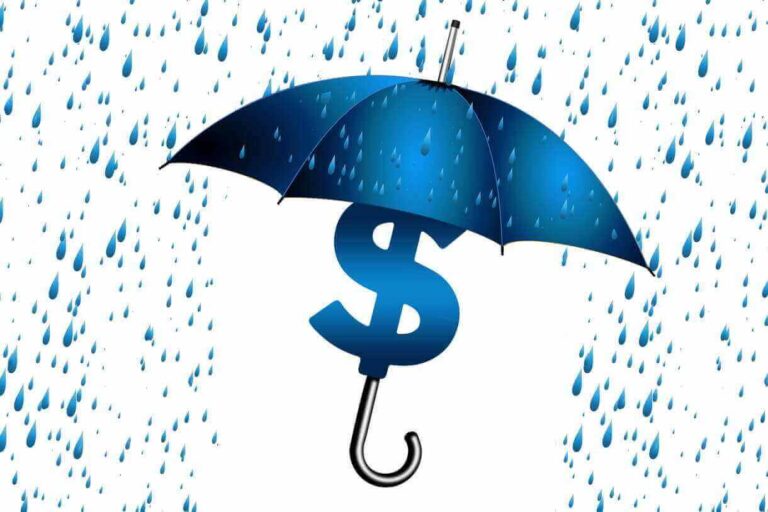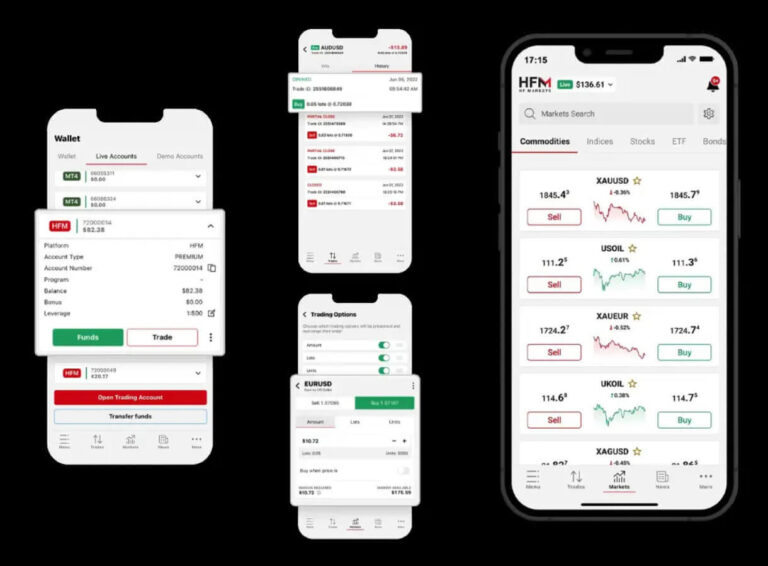How To Create An Online Store With Shopify (Very Easy)
Thinking about creating an online store with Shopify and wondering what it takes? Here is how to get it done easily.
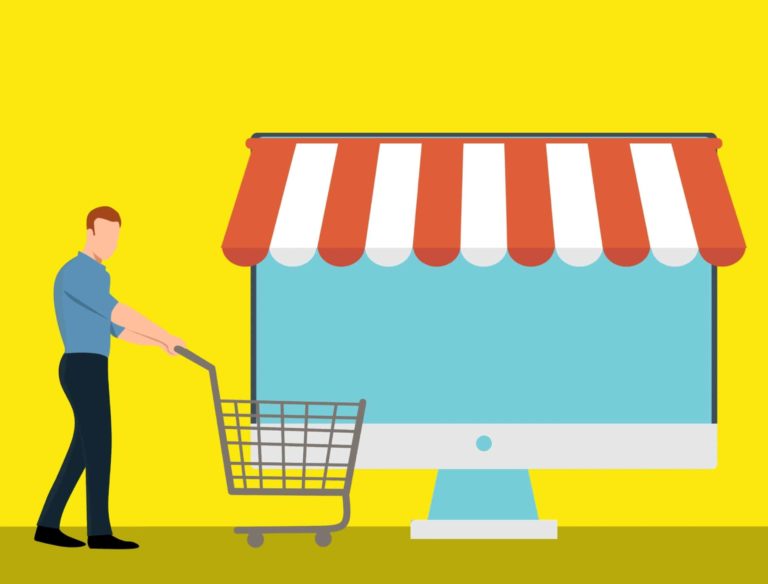
Deciding to create your online store with Shopify is a great decision because the system lets you manage your business easily.
Founded in 2006, Shopify serves over 1.7 million businesses in 175 countries. The platform powers 4.4% of the top 10 million websites, with over $60 billion of merchandise sold annually.
This guide shows you how to create your online shop with the platform in easy-to-follow steps and join the ranks of Shopify store owners.
Why Use Shopify?
If you are asking yourself about reasons to create your online shop with Shopify, then here are a few:
- The platform is easy to use
- It offers a 14-day free trial
- There are flexible plans for all types of businesses
- All your web hosting is completely managed
- It includes a well-designed sales system
Initial Considerations
Starting a business is a serious endeavor. And while nothing stops you from jumping right in, it’s always better to do some groundwork first. So, before creating your online shop with Shopify, the following are important considerations that you should weigh to know where you stand.
1. Who is your target customer? – Shops are for selling products to everyone, but if you don’t know your ideal customer, then you might waste a lot of time and effort chasing after the wrong customers.
So before kicking off your venture, make sure that you know the type of people that need what you have to offer. Do some research and find your core target customer. Then with this information in hand, you can design your shop, sales, and even entire business with ease.
2. Do you have a brand? – Branding for most people simply means a product label, but that is not branding from a marketing standpoint. A brand is a symbol – one that tells a story or reminds the onlooker about the story.
Having a brand means giving your business a purpose. You need to know why you are into this venture. What do you plan to achieve? Are there any social impacts? Do you have a motivating story? A brand defines your business.
Like knowing your target customer, having a brand helps your business to function and grow better because you know why you do what you do.
3. What is Your Budget? – Shopify is a flexible platform that caters to all business sizes. So, it is necessary to know exactly where you stand financially, before moving on. Having a budget will also help you to maximize your capital and get the best marketing results from each dollar spent.
4. What About Categories & Pages? – Depending on what your business stands for, who your target customer is, and the number of products that you want to sell, you will also have to make other important design decisions about your new store.
Would you be adding categories or an about us page? How about your business’ contact information and a blog to keep customers up to date?
These and more are considerations you will have to make on your own.
Step By Step Guide To Build A Shopify Online Store
Creating a Shopify online store is an easy process because the system is designed to make it as simple and quick as possible.
Step 1. Visit Shopify & Sign Up
First of all, you need to head over to Shopify and sign up here.

Step 2. Start Your 14-Day Free Trial
This second page lets you set up your password and store name. Once you have made your choice, click on Create Store to continue.
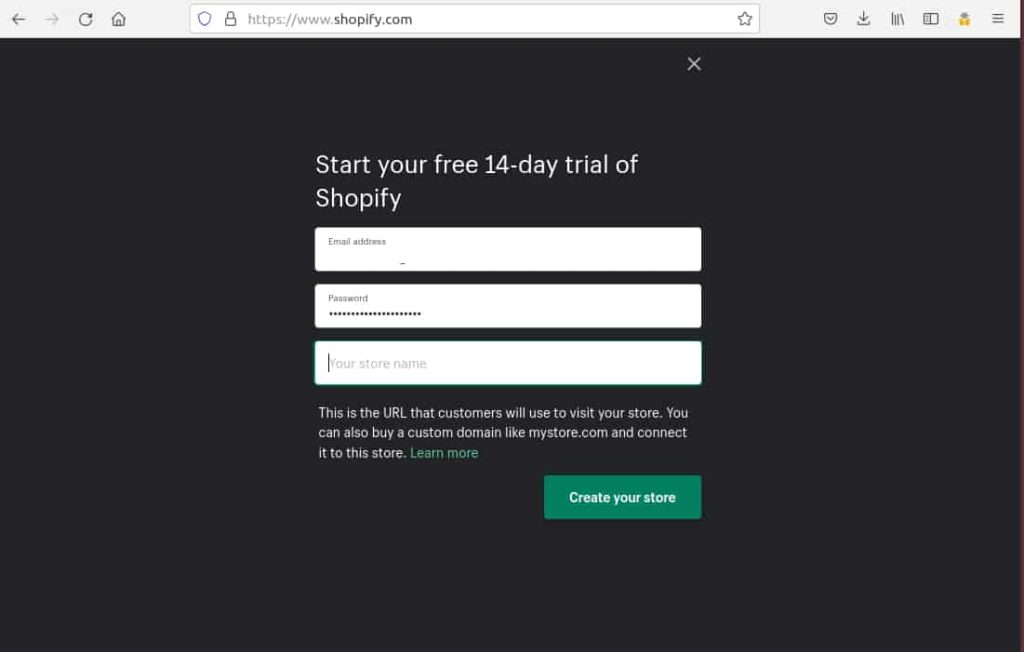
Step 3. Choose Your Experience Level
This page lets you select your e-commerce experience level. For simplicity, you can choose “I’m not selling products yet”.
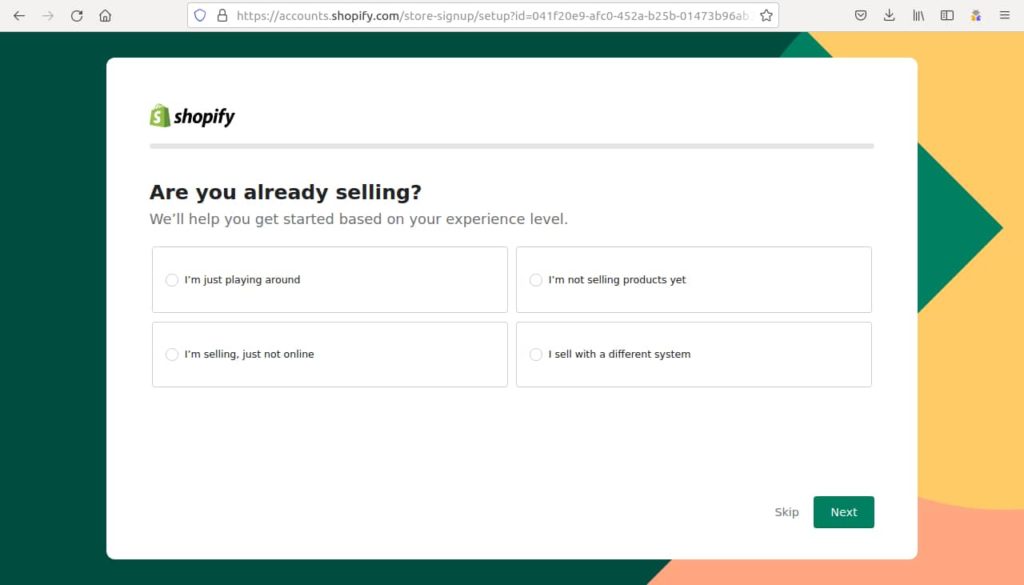
Step 4. Select Extra Channels
The Shopify platform lets you sell your goods beyond your website by helping you to reach out to potential customers on social media, other online marketplaces, and in person. For this step, simply select what suits you best.
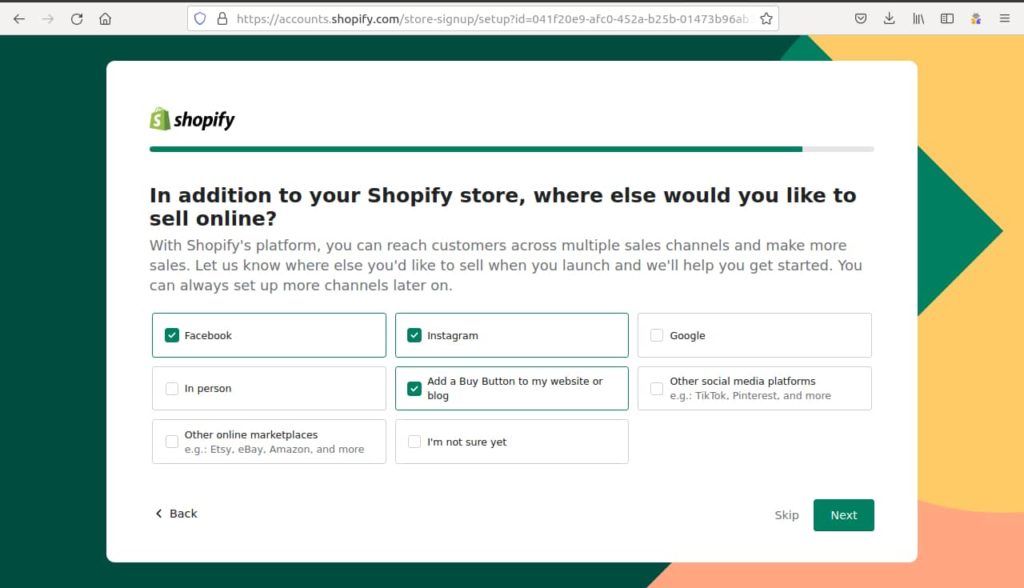
Step 5. Confirm Your Location
Finally, confirm your location and create your Shopify store.
Step 6. Customize Your Store
You have now created your online store and once Shopify loads this next page, you will find your web store’s admin dashboard. All you have to do now is add products, customize the theme, add pages, blog posts, a custom domain, or set up sales channels.
Luckily, Shopify makes this process easy by providing a setup wizard on the admin dashboard. So, you can take your time and customize the store to your liking.
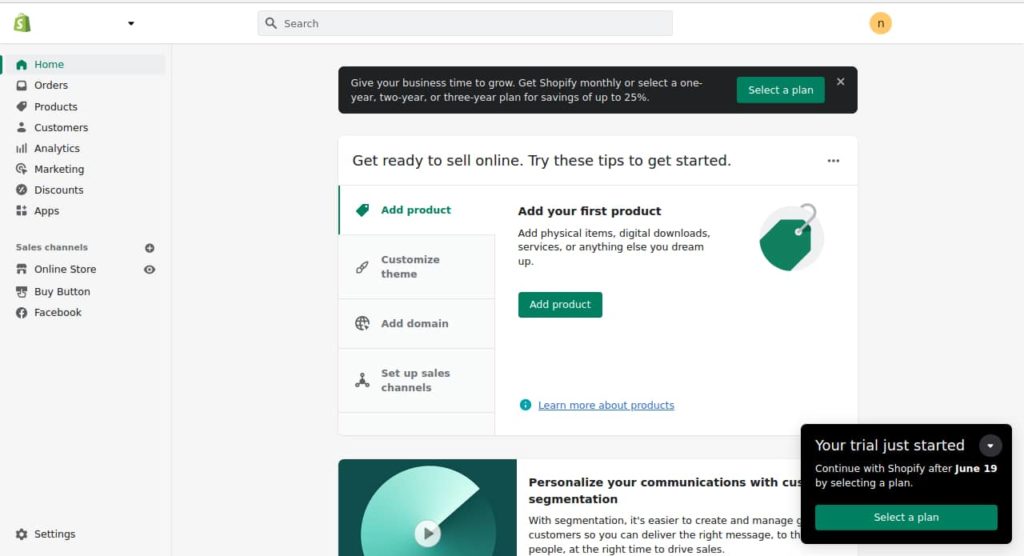
Step 7. Select A Plan
When you are done setting up the store and wish to go live, then click the Select A Plan button to choose which Shopify plan best suits your business. And that’s it, your shop will be live on the Internet.
The Different Shopify Plans
The Shopify platform is a flexible offering that works for businesses of all sizes and in all growth stages. The following list gives you a quick overview of the company’s different accounts and what they offer:
- Basic – Costs $29 per month and comes with all the basics for starting a business. You get an online store that can accept credit cards, with unlimited products and up to 2 staff accounts. Further features include discount codes and gift cards, up to 4 inventory locations, a free SSL certificate, marketing automation, and lots more.
- Shopify – Costs $79 per month and includes everything in Basic. However, while Basic offers a 2.9% credit card rate, Shopify offers 2.6%. It also allows up to 5 staff accounts, charges 1% for 3rd party fees, and features standard reporting.
- Advanced – Costs $299 per month, includes everything in Shopify and comes with even cheaper charges. There is 2.4% for credit cards, 0.5% for using 3rd party payment gateways, and you get up to 15 staff accounts and 8 inventory locations.
- Lite – Costs $9 per month. This account comes without a website and most of the other features of the 3 account plans above. It is intended for those who need a simple Buy Button to turn any website into an e-commerce site. It lets you accept credit cards, create invoices, and includes product and order management features.
- Plus – Starts from $2,000 per month and is intended for enterprise customers. Shopify Plus takes care of all the technical and security needs of large online stores while providing up to 10 outlets. Plus, it is a modern and easier to manage platform, used by over 10k leading brands.
FAQs (Frequently Asked Questions)
Shopify is a versatile platform with different offerings for a wide range of businesses, so there are bound to be questions from potential users. Here are some of the most commonly asked ones.
Is the Free Trial Truly Free?
Yes, you can try out the Shopify system completely free for 14 days and without entering any credit card or other payment details. You will only select an account and enter payment details when you wish to launch your store.
Are There Transaction Costs?
There are no transaction costs if you use Shopify Payments. But if you use other payment processors, then your costs will vary depending on the account type. This is typically 2% for Basic, 1% for Shopify, and 0.5% for Advanced accounts.
Do I need web hosting for the site?
A: No, Shopify provides everything you need. Just design your shop, upload your products, and launch your store. No hosting or bandwidth fees.
Can I Cancel At Any Time?
Yes, you can cancel your Shopify account at any time. All Shopify plans are billed monthly unless you opt for annual plans.
Can I Use 3rd Party Payment Providers?
Yes, you can. However, there is a 0.5%-2% fee depending on your Shopify plan.
Can I Sell Offline With Shopify?
A: Yes, you can sell offline with Shopify POS. It lets you synchronize your online and offline inventories and manage everything from one dashboard.
Conclusion
You have seen how easy it is to create your online store with Shopify. The system takes care of all the technical stuff for you, so all you have to do is edit your preferences from the user-friendly interface.
Over a million sellers trust Shopify worldwide, and this list includes thousands of top brands. So, if you are ready, then head over to Shopify and get to work.


